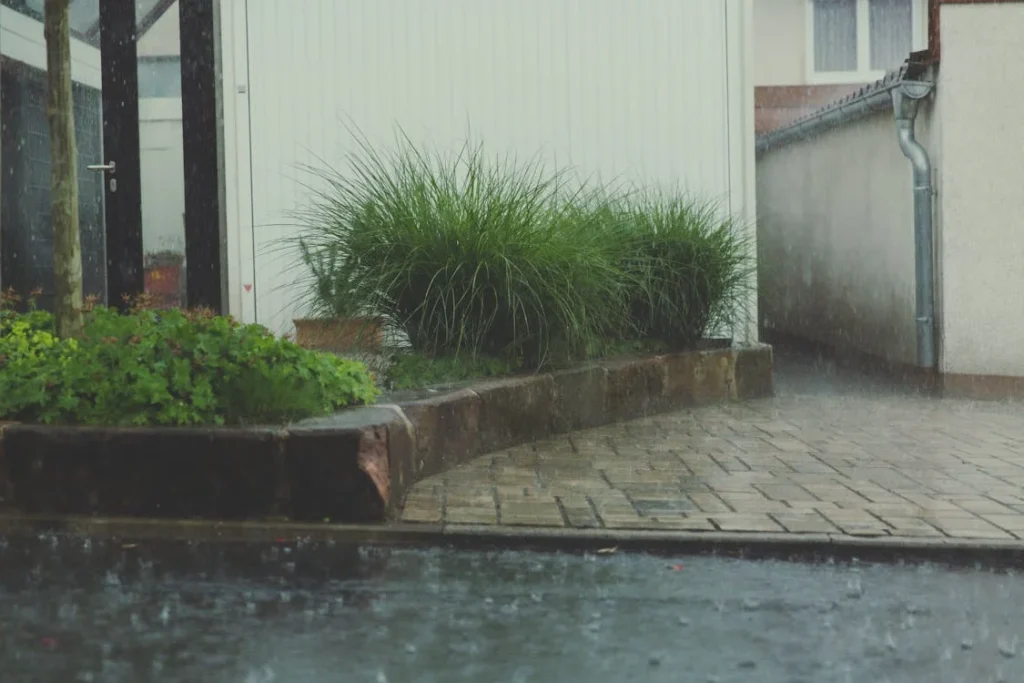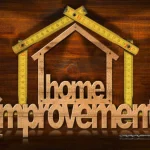Water damage can be a nightmare for any homeowner, notes leading property management team, Tri Property Pros. From soggy carpets to warped wood and even mold, the damage adds up fast. What starts as a slow drip might turn into a major repair bill before you realize it. That’s why paying attention to your home’s plumbing and drainage is so important.
Even small leaks can weaken your floors, walls, or ceilings. The cost of replacing those materials—or hiring someone to do it—can add up quickly. Luckily, there are practical steps you can take to catch problems early and lower the risk of expensive repairs later. Let’s take a look at how you can keep your home safe and dry, starting with the warning signs that often get missed.
Don’t miss this next story—it’s packed with helpful info!
Know the Warning Signs Early
One of the best ways to avoid water damage is to catch it early. That starts with keeping an eye out for visible signs of trouble. Water stains on your walls or ceiling, bubbling paint, or warped floorboards usually mean there’s a leak somewhere. If you smell something musty, it could be mold forming in areas that stay damp for too long.
You might also notice a sudden jump in your water bill. That’s a red flag. If your usage hasn’t changed but the bill has, there could be a hidden leak in your pipes, under your slab, or behind a wall.
Sometimes, water damage happens all at once—like when a pipe bursts or a valve fails. In those moments, it’s easy to panic. That’s why it helps to know what to do in a plumbing emergency. Quick action—like shutting off the main water valve and calling a plumber—can limit damage. Having a plan before something happens gives you a better chance of stopping the problem before it spreads.
Inspect and Maintain Plumbing Regularly
It doesn’t take much time to give your plumbing a quick check every few months. Look under your sinks and behind your washing machine. Check around toilets and dishwashers. If you see any moisture, rust, or signs of wear, fix it before it gets worse.
Old hoses, loose connections, or cracked seals are some of the most common causes of leaks. Replacing them is simple and usually inexpensive. If you’re not comfortable doing it yourself, a local plumber can take care of it fast.
It also helps to schedule a routine plumbing inspection every year or two. A professional can spot early signs of damage in places you might not think to check. This includes your water heater, crawl spaces, and the inside of your walls using leak detection tools.
Install Water Leak Detectors
Water leak detectors are small, battery-powered devices you can place near problem areas. These include spots like under sinks, behind toilets, and next to your water heater. Some will sound an alarm when they detect moisture. Others connect to your phone and send an alert if water is detected.
Installing leak detectors in the right places can give you a heads-up before water damage becomes serious. They’re affordable and easy to use, making them a good first step toward keeping your home safe.
Protect Your Basement and Foundation
Basements are often the first places to get hit with water problems. If your gutters are clogged or your yard slopes toward the house, water can pool around the foundation and seep inside. That’s a problem you don’t want to ignore.
Start by cleaning your gutters and downspouts at least twice a year. Blocked gutters cause rainwater to overflow and gather near the base of your home. Attach downspout extensions to direct water several feet away from the foundation. If the ground around your house is sloped the wrong way, regrading the soil can help redirect water.
Installing a sump pump is another solid option—especially if your basement is prone to flooding. Some models come with battery backups, which keep them running even if the power goes out during a storm.
Prevent Frozen Pipes in Winter
Frozen pipes are a common cause of water damage during colder months. When water freezes inside the pipes, it expands and can cause the pipe to burst. That leaves you with a mess and a repair bill.
To avoid this, wrap exposed pipes with foam insulation sleeves. These are easy to find at hardware stores and simple to install. Pay special attention to areas like attics, basements, crawl spaces, and garages—places that get cold easily.
When temperatures drop, let faucets drip slightly. Moving water is less likely to freeze. You can also leave cabinet doors open under sinks to let warm air from the room keep pipes from getting too cold.
Know How to Shut Off Your Water Supply
In any plumbing situation—big or small—it helps to act fast. One of the most important things you can do is learn how to shut off your home’s main water supply.
Most homes have a main shut-off valve located where the water line enters the house. This is often in the basement, garage, or a utility room. Turn it off by rotating it clockwise until it stops. Practice doing this so you’re ready when needed.
It’s a good idea for everyone in your household to know where the valve is and how to use it. That way, if you’re not home and something goes wrong, someone else can step in quickly.
Maintain Your Roof and Gutters
A small leak in your roof can slowly let water drip into your attic or walls, causing damage before you even notice it.
Check your roof for missing or damaged shingles, especially after a storm. Look at the flashing around chimneys and vents, too. These areas are common leak points.
Keeping your gutters clear is part of roof maintenance, too. If water can’t flow through properly, it will spill over and cause problems near the foundation or along the siding.
Review Your Home Insurance Coverage
Some types of water damage are covered by standard home insurance—but not all. It’s worth taking a few minutes to look over your policy. Damage from a burst pipe might be covered, but flooding from heavy rain or a backed-up sewer line might require extra coverage.
Talk to your insurance agent if anything is unclear. Ask about add-ons that could help if you live in a high-risk area. A few small updates could save you from major losses down the line.
Taking care of your home’s plumbing and drainage systems might seem like a big task, but small steps can make a big difference. Simple habits like checking for leaks, using leak detectors, and learning where your shut-off valve is can protect your home from expensive damage. A little time spent today could save you from a lot of stress tomorrow.
Don’t miss our newest articles—they’re all waiting at 2A Magazine.







